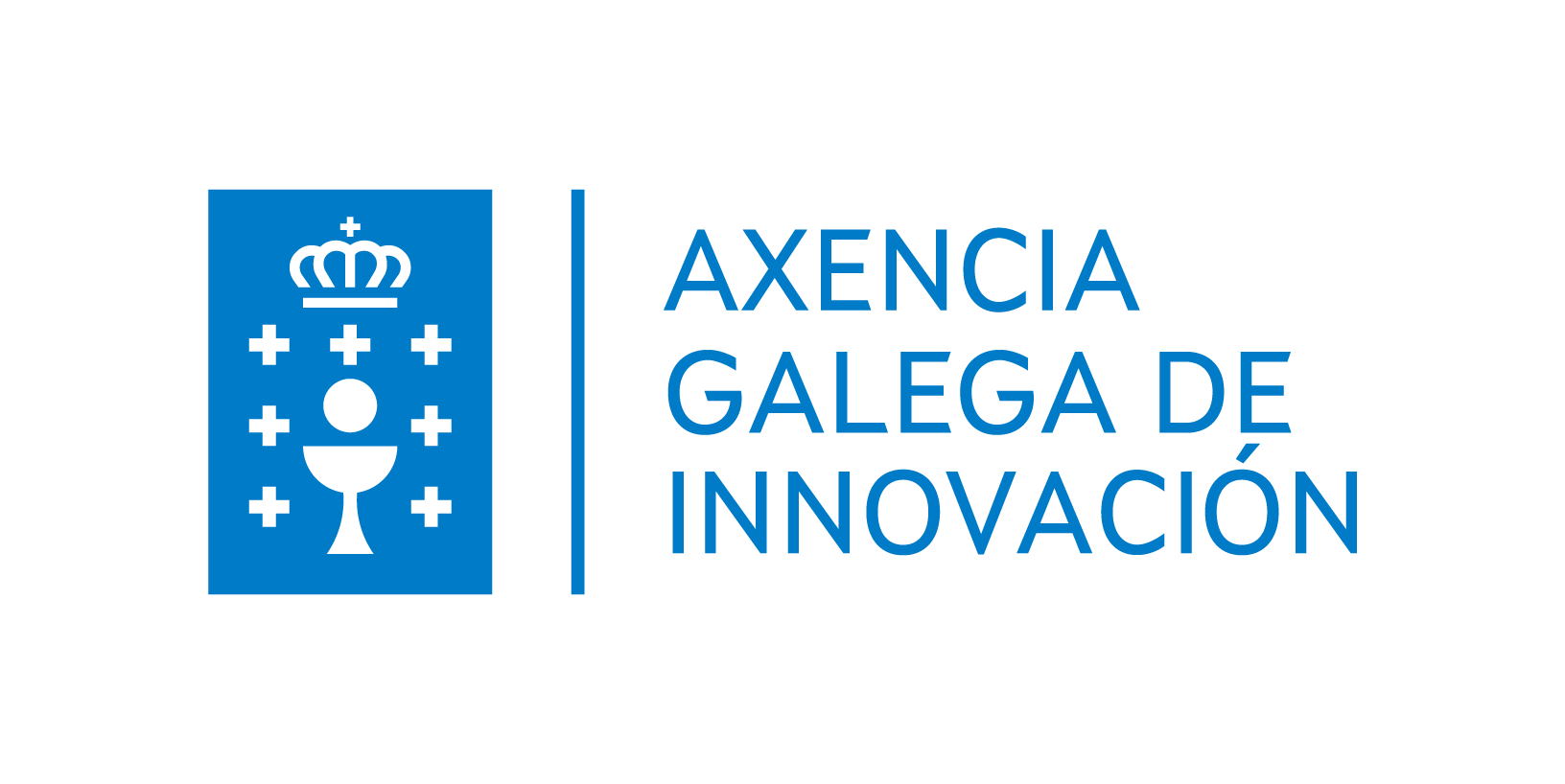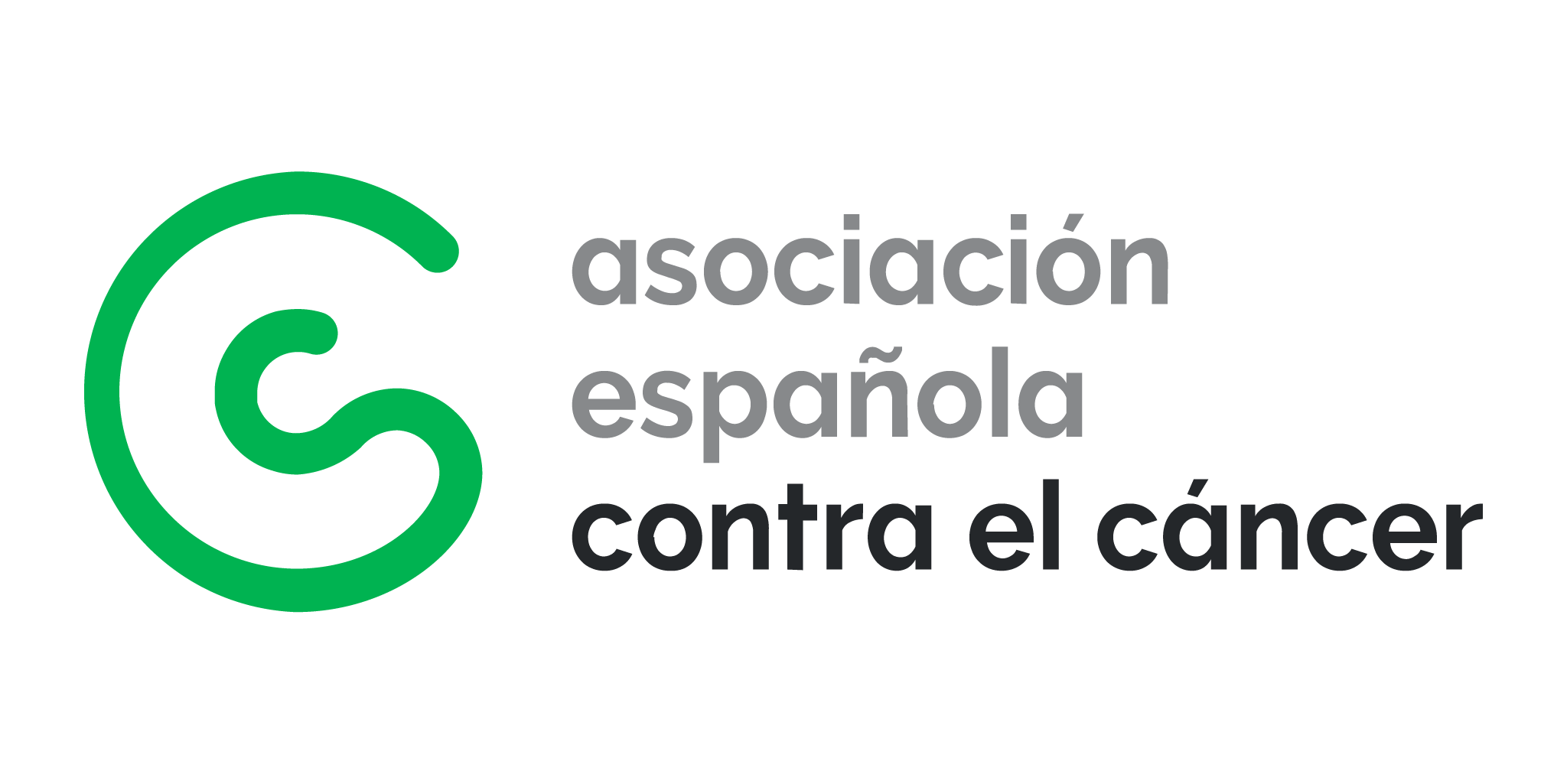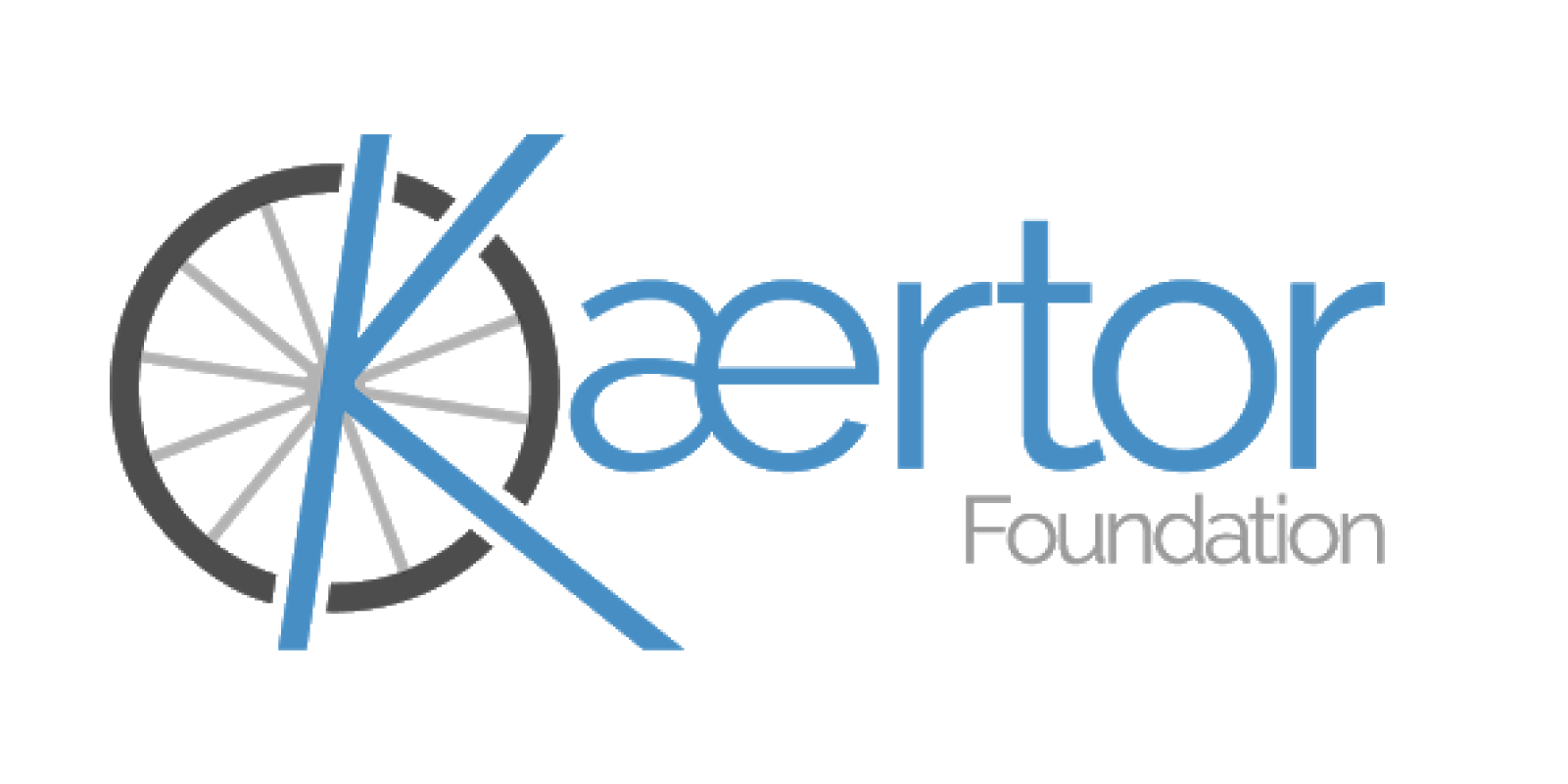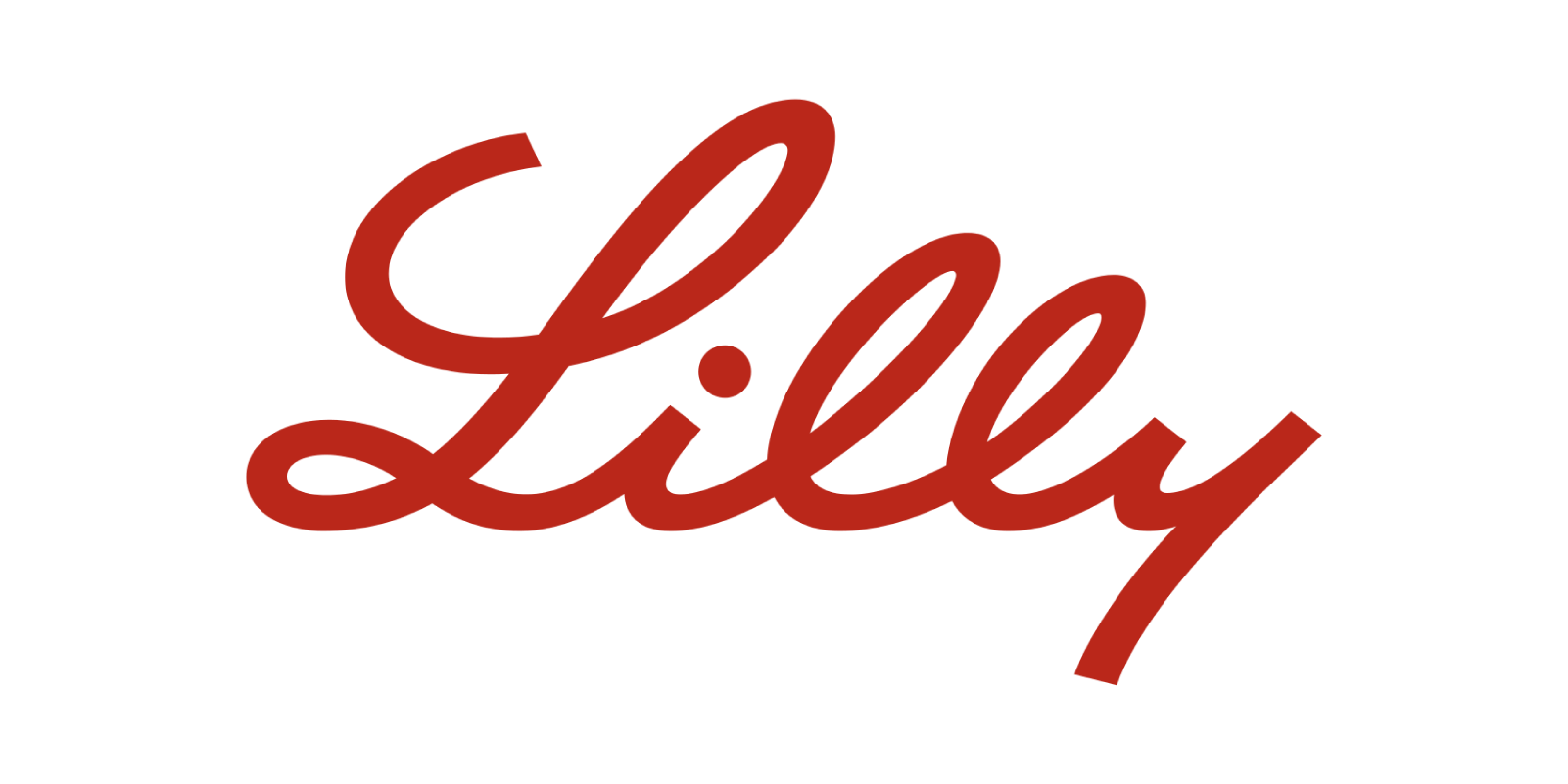This website uses cookies so that we can provide you with the best user experience possible. Cookie information is stored in your browser and performs functions such as recognizing you when you return to our website and helping our team to understand which sections of the website you find most interesting and useful. Check our privacy policy here
Who can participate?
Any researcher in the public or private sector (companies) interested in applying their research to R&D programs for drug discovery in cancer.
If you are a researcher specialized in disease mechanisms, belonging to a public entity or a private company, and you want to apply your research to drug discovery, we would like to collaborate with you.
What are the therapeutic areas of interest?
This call is seeking disruptive research programs in cancer for the discovery and / or development of new transformational drugs for the therapeutics of this disease.
The candidate programs, once selected, will rely on the Kærtor methodology for its application to drug discovery in an inclusive team with the participating entities.
The research programs must be related to early drug discovery. Examples of the type of research that may be eligible for consideration:
- Identification and validation of new therapeutic targets in cancer.
- Transformational models for studying tumor expansion
- Evaluation of molecules to predict their efficacy and potential therapeutic use.
- Design and synthesis of new drugs with affinity for certain targets.
- New global biomedical approaches to cancer.
- Biological and cellular therapies.
- Transformational proofs of concept in patients using repositioning drugs and / or new therapies.
- Etc.
Regarding therapeutic areas, in the Expressions of Interest form you will find a list (not exclusive) of areas of interest in which we are interested.
When uploading your Expression of Interest form, if your area is not on the list of areas of interest, you must mark any area on the online form and send us an e-mail to cancerinnova@kaertorfoundation.org indicating the correct area of your project and we will take it into account.
What is the purpose of the call?
The purpose of the call is to accelerate the generation of new therapeutic options that improve the expectations of patients thanks to the development of drugs. The initial phases of high-risk R&D will be carried out through a system of monitoring by milestones that allow maximizing resources, improving efficiency and promoting the subsequent success of the selected projects.
How is managed the intellectual property of the results obtained during the execution of the project?
Previous intellectual property remains with the group that generated it. Regarding the results obtained during the execution of the project, the distribution of property rights will be agreed between the group proposing the project, the FC AECC and the Kærtor Foundation in the “Research Agreement”, which is signed as prerequisite for the start of the incubation phase. Neither Janssen / J & J nor Lilly acquire property, without prejudice to its Right of First Negotiation and Right of First Refusal explained in the bases of the call.
How are the programs evaluated and selected?
The Kærtor Foundation and FC AECC will lead the governance of this phase by applying the Kærtor Foundation methodology for the preliminary analysis and prioritized classification of Expressions of Interest (EdI) received, based on the level of innovation and the stage of the program in the drug discovery process.
The program involves the assessment and monitoring of three Panels of Experts:
- Scientific (basic / clinical), co-led by the Kærtor foundation and the FC AECC.
- Investor, led by the Kærtor Foundation.
- Industrial, led by the pharmaceutical companies Janssen and Lilly that will bring its experience in the field of drug discovery to select programs showing the strongest potential to provide new medicines for patients. Both Janssen and two other organizations of the Johnson & Johnson group will participate in this Panel: Discovery Sciences and Johnson & Johnson Innovation.
The Program Steering Committee will select expressions of interest for incubation.
The Kærtor Foundation and FCAECC may also select other programs that are not part of those chosen by the Program Steering Committee for independent incubation.
When will expression of interest be evaluated?
The first projects selected to start the incubation phase will be picked from the Expressions of Interest (EoI) received in the first two evaluations (on 21st December 2020 and 31st January 2021 at 15:00 (CET)) although the call will remain open on the Cancer Innova website and projects that arrive after these dates will continue to be considered until the funds reserved for the project are completed.
How to know the status of a presented program?
The Kærtor Foundation and FC AECC will communicate individually to the Principal Investigators of the chosen research projects each time the project progresses through the selection program.
Level of maturity of the projects presented
The projects we are seeking range from a new disruptive mechanism in advanced validation phases to Proof-of-Concept clinical phases.
Is posible to continue publishing in the line of a selected project?
Yes, the Kaertor methodology creates a parallel process of applied drug discovery, without interfering with the proposing group publications and research.
This parallel process of drug discovery does not affect the publication of its lines of research in any media, but rather potencies it by creating synergies with the new tools.
What is the role of Janssen-J & J and Lilly in this call?
The role of Janssen and Lilly is to feed the process of generation of new transformational therapeutic mechanisms in cancer, co-funding and participating in the Steering Committee. Additionally, Janssen and Lilly will co-fund programs in the incubation phase.
This will not mean that Janssen or Lilly acquire any type of property on the Project, without prejudice to its Right of First Negotiation and Right of First Preface of Janssen explained in the bases of the call.
What happens to proposals not selected?
For programs that are not selected for the incubation phase of the Cancer Innova Program by agreement of the Steering Committee (of which Janssen/J&J and Lilly are part) but that are of interest to FC AECC or the Kærtor Foundation, an agreement will be reached between these foundations and the candidate principal investigator, for further parallel development.
Do projects have to originate from Galicia?
No, proposals are accepted from anywhere in the world, Science has no borders. The progress of the program will be coordinated and managed by the Kærtor Foundation based in Galicia and the FC AECC based in Madrid but nationwide, which will link the selected projects with Spanish research.
What is the role of Kærtor Foundation in this call?
The Kærtor Foundation will be co-responsible of launching, financing, developing and managing the call by applying its own methodology, with the aim of selecting and incubating biomedical science programs to de-risk the process of drug discovery.
What is the role of FC AECC in this call?
The FC AECC will be co-responsible of launching, developing, managing and co-financing this call, being a link between patients, researchers and the Kærtor methodology.
How the funding is managed?
The funding provided by the Cancer Innova Program will be used to carry out the roadmap experiments, which, depending on each specific case, may be outsourced to companies or specialized groups or, if the capacities are available internally, entrusted to the proposing group. The fundamental concept is that the funding is directed to the project, and not to the proposing group.
Degree of confidentiality of the information provided in the EoI
The information required in the Expression of Interest is of a general nature and refers to a first, non-confidential approach. After the selection phase, the necessary agreements will be reached with the researchers and their institutions. If more information is necessary to complete the evaluation, the relevant confidentiality agreements will be signed.
The information received will be treated by the Kærtor Foundation and FC AECC based on the confidentiality clauses available on the website.
What is the role of the Transfer Offices of the participating Institutions?
The Transfer Offices (OTRIs in Spain) of those organizations that have one, participate in promoting the collaboration and the coming to agreements between all the parties signing the “Research Agreement”.
Can a Phase I first-in-human proof of concept be submitted?
Yes, if it is a candidate to transform therapeutics.





